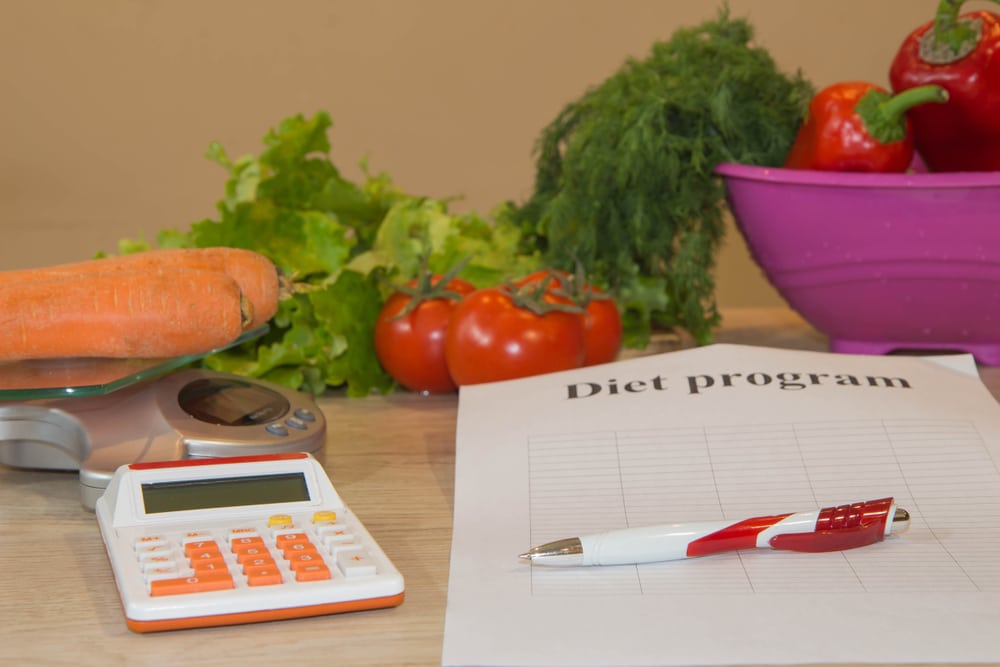
"For the very-low-carb (VLC) diet, subjects were advised to limit carbohydrate intake to 20 - 35 grams of non-fiber carbohydrates per day with the goal of being in ketosis when measured via urine test strips at least once weekly. The DASH diet called for limiting sodium intake to less than 2,300 mg daily and fat intake to 20% - 30% of calories per day. Participants were advised to eat a variety of fruits and vegetables, fish and lean meats, whole grains, and low-fat dairy."
"The additional support was determined not to have had a significant effect on the outcomes. Both interventions led to improvements in key measurements but larger improvements were observed in the VLC arms. In the VLC + support arm, almost 44 percent of subjects were able to decrease or discontinue medication for hypertension, compared to just 5 percent in the DASH + support group."
Adults with hypertension and type 2 diabetes or prediabetes and with overweight or obesity were placed into four groups: very-low-carbohydrate (VLC), DASH, and each of those with additional behavioral support. Additional support (email coaching, cookbooks, texts, sleep and activity recommendations) did not significantly change outcomes. VLC guidance limited non-fiber carbohydrates to 20–35 grams daily with a goal of weekly ketosis checks; DASH guidance limited sodium to under 2,300 mg daily and fat to 20%–30% of calories while encouraging fruits, vegetables, whole grains, fish, lean meats, and low-fat dairy. Both diets improved HbA1c, systolic blood pressure, and weight, with substantially larger gains and greater medication reduction in VLC arms.
Read at Alternative Medicine Magazine
Unable to calculate read time
Collection
[
|
...
]